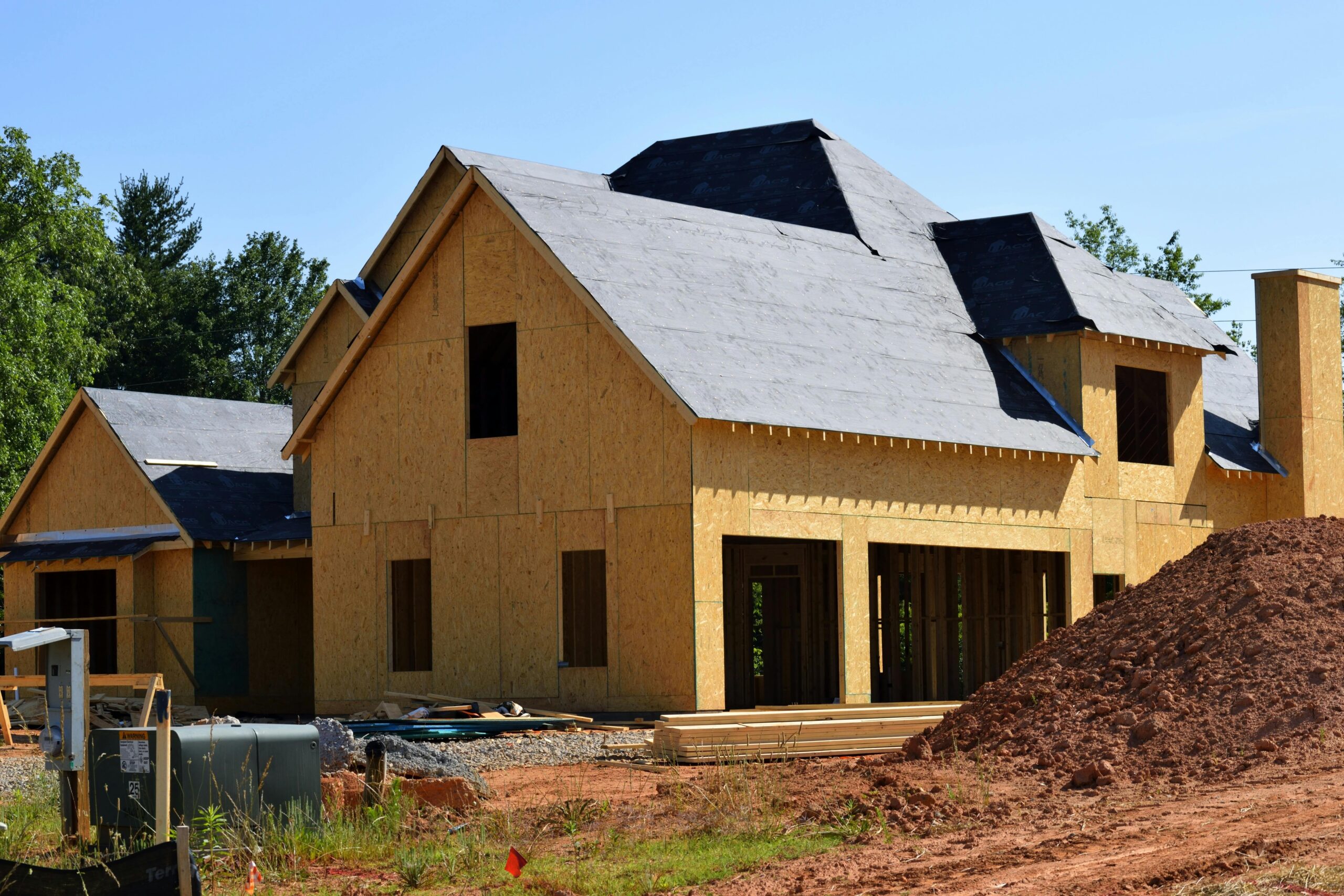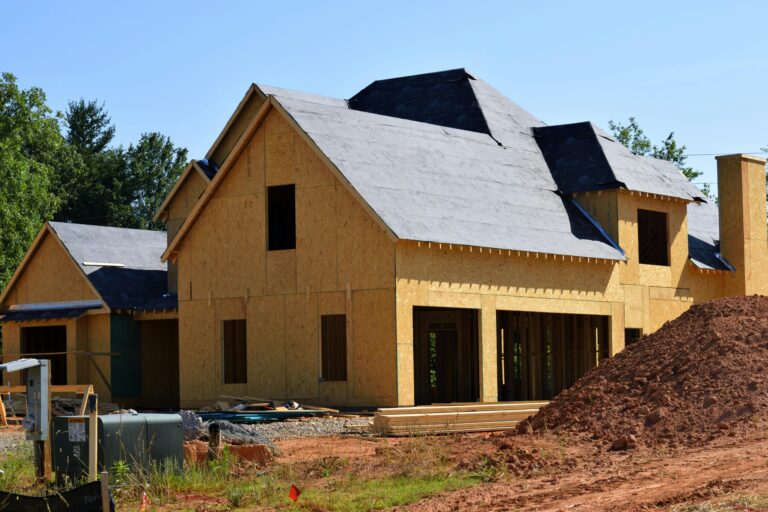
The Seattle housing market is experiencing a dramatic shift that hasn’t been seen in nearly a decade. After years of fierce competition, limited inventory, and rapid price appreciation that characterized the post-pandemic boom, the Emerald City’s real estate landscape is transforming in ways that favor buyers. With inventory levels reaching their highest point since 2015, prospective homebuyers are finding more options, longer listing times, and greater negotiating power than they’ve had in years.
Record Inventory Levels for Seattle Housing Market Create New Market Dynamics
The most striking change in Seattle’s housing market is the dramatic increase in available properties. REMAX also reports that Seattle has reached its highest volume of available houses on the market since 2015, topping just over 10,700 homes as of last month. It’s roughly 50% more homes compared to June 2024. This 50% year-over-year increase represents a fundamental shift in market dynamics that is creating new opportunities for buyers who have been waiting on the sidelines.
The inventory surge extends beyond just the number of listings. Inventory climbed to 2.9 months, the highest level of 2025, giving buyers the widest selection this year. This increase in months of supply indicates that homes are taking longer to sell, giving buyers more time to make decisions and conduct thorough due diligence without the pressure of immediate competition.
This inventory expansion is particularly significant given Seattle’s history of tight housing supply. For much of the past decade, Seattle has struggled with chronic inventory shortages that fueled rapid price appreciation and fierce bidding wars. The current inventory levels represent a return to more balanced market conditions not seen since before the tech boom further accelerated demand.
The Price Paradox: Rising Values Amid Increasing Supply
Interestingly, the inventory increase is occurring alongside continued price appreciation, creating what appears to be a market paradox. According to the latest data from REMAX, as of June 2025, Seattle ranks third in median sales prices in the United States at $766,725, up from $750,000 in June 2024, which is a record high for the Emerald City.
This places Seattle in elite company among America’s most expensive housing markets. Seattle sits behind only Urban Honolulu ($780,000) and San Francisco ($1,212,500). The King County market as a whole shows even stronger price performance. Meanwhile, local data shows that the median home sale price in June 2025 for King County as a whole was even higher — at $1,034,000, nearly $79,000 higher compared to June 2024.
John Manning, a Managing Broker at REMAX Gateway in Seattle says its strange to see those two metrics trending at the same time, given that a high supply is usually indicates lower prices are on their way, but he adds that Seattle’s robust economy and strong industries are still providing high-paying jobs which are allowing home buyers to afford higher price tags.
Economic Fundamentals Supporting Price Stability
Seattle’s continued price strength despite rising inventory reflects the region’s exceptional economic fundamentals. The presence of major technology companies, aerospace manufacturing, healthcare institutions, and a diversified economy continues to generate high-paying employment that supports housing demand at premium price points.
The tech sector, anchored by companies like Amazon and Microsoft, continues to attract highly compensated professionals to the region. These workers, often relocating from other expensive markets or moving from rental housing to homeownership, maintain demand for Seattle’s housing stock even as inventory increases.
Additionally, Seattle’s limited geographic constraints, bounded by Puget Sound to the west and Lake Washington to the east, create natural limitations on housing supply that support long-term price stability. While inventory has increased significantly, it’s still not approaching levels that would indicate a fundamental oversupply relative to long-term demand.
Shifting Market Conditions: Days on Market and Buyer Leverage
Beyond just inventory numbers, other market metrics reveal the changing dynamics favoring buyers. At the same time, homes are also sitting on the market for 24 days on average as of last month, compared to 18 days in June 2024. This 33% increase in days on market represents a significant shift from the rapid-sale environment of recent years when homes often received multiple offers within hours of listing.
The longer market time provides several advantages to buyers. It allows for more thorough property inspections, neighborhood research, and financial preparation. It also reduces the psychological pressure that led many buyers to waive contingencies or make hasty decisions during the ultra-competitive periods of 2021-2023.
Jeff Tucker, the Principal Economist at Windermere Real Estate on Lake Union, says that prospective home buyers could have some optimism this year. “I think one more kind of wrinkle in there is that buyers, I think, are benefiting; they’re using that negotiating leverage to get some more concessions in the sale, maybe getting the seller to cover some closing costs, repair some things around the house that sellers were not bothering with four years ago,” Tucker explained.
This return of negotiating power represents a fundamental shift in the buyer-seller relationship. During the peak seller’s market, buyers often competed by offering above asking price, waiving inspections, and accepting properties in as-is condition. The current market allows for more traditional negotiation dynamics where buyers can request repairs, negotiate closing costs, and expect reasonable seller accommodations.
Interest Rate Considerations and Strategy
While inventory improvements favor buyers, interest rate environment remains a significant factor in housing affordability. Tucker provides realistic guidance about rate expectations and strategy. In addition, he says that home buyers shouldn’t hold their breath when it comes to waiting for interest rates to fall, as it remains in a political tug-of-war.
“Even if the Fed started cutting that short-term interest rate, it’s not necessarily gonna deliver a lot of relief from mortgage borrowers on that long end, which mortgage rates tend to follow the 10-year Treasury yield,” said Tucker. This insight is crucial for buyers trying to time their purchases around rate changes.
Tucker’s advice emphasizes focusing on current affordability rather than speculating about future rate changes. Instead, he says to consider what you can afford at today’s mortgage rates, and ask yourself if you’re going to be happy living at the property for several years, and adds that interest rates do come down within a year or two, to refinance.
This strategy acknowledges that while rates may eventually decline, waiting for perfect conditions could mean missing out on the improved inventory and negotiating conditions currently available. The ability to refinance in the future provides flexibility if rates do eventually decline.
Broader Market Activity and Competition
Overall market activity metrics show moderation from peak levels while remaining relatively healthy. Sales Activity Intensity™ landed at 39.9%, down slightly from August’s 40.6% and well below spring’s 75% peak, giving buyers more breathing room. This decreased intensity reflects reduced competition among buyers and a more measured pace of transactions.
The Seattle, WA housing market is very competitive, scoring 81 out of 100. The average Seattle house price was $850K last month, down 2.9% since last year. This competitiveness score, while still indicating a relatively active market, represents a moderation from the extreme competition levels of previous years.
The slight price decline from peak levels, combined with increased inventory, suggests the market is finding a new equilibrium that balances buyer and seller interests more evenly than the extreme seller’s market conditions of recent years.
Strategic Advantages for Today’s Buyers
Tucker emphasizes the practical advantages of the current market conditions for buyers willing to act. Tucker says to take advantage of the fact that there are more options, as homes remain listed for longer, and the fact that you will run into fewer bidding wars with other buyers.
“Especially in a place like Seattle, every house in every neighborhood, every community can be very, very different, and when you’ve got 50% more options to choose from, you’ve got a lot better chance of finding that home,” said Tucker. This diversity of options allows buyers to be more selective and find properties that truly meet their needs rather than settling due to limited choices.
The reduction in bidding wars is particularly significant. During peak market periods, multiple-offer situations often pushed buyers to make offers significantly above asking price, sometimes without seeing properties in person. The current environment allows for more rational decision-making and better value assessment.
Neighborhood and Property Type Variations
While overall inventory has increased significantly, variations exist across different Seattle neighborhoods and property types. Homes priced between $750,000 and $1.2 million remain the most active segment, particularly among dual-income professional households looking to establish long-term residency near job centers and transit. This segment continues to see relatively strong demand given Seattle’s high-income employment base.
Different neighborhoods are experiencing varying degrees of inventory increase and price adjustment. Areas with good schools, transit access, and proximity to major employment centers continue to see stronger demand and faster sales than more peripheral locations.
Outlook and Future Considerations
Looking ahead, the Seattle housing market appears positioned for continued gradual normalization toward more balanced conditions. About 100,000 more homes should hit the market compared to 2024, a small share of the 4.16 million expected in 2025. As for home values, researchers are agreeing that the United States is approaching more historical norms after a volatile five years. Those are forecast to go up by about 2.2%.
This modest price appreciation forecast suggests a stabilizing market where values continue growing but at rates more consistent with historical norms rather than the double-digit annual increases seen during the pandemic boom.
Seattle’s inventory in late 2024 hit its highest level since 2020 as more homes sat on the market unsold. This trend continuing into 2025 reinforces the expectation that improved buyer conditions will persist rather than representing a temporary market blip.

The Seattle housing market transformation, marked by inventory levels not seen since 2015, represents a significant opportunity for buyers who have struggled with limited options and intense competition in recent years. While prices remain high by national standards and continue to appreciate modestly, the 50% increase in available homes, longer market times, and restored negotiating leverage create conditions that favor buyers in ways not experienced since the mid-2010s.
For prospective buyers, the message from real estate professionals is clear: rather than waiting for perfect conditions that may never materialize, take advantage of the current market’s improved inventory, reduced competition, and negotiating opportunities. With 10,700 homes to choose from and sellers more willing to negotiate, Seattle buyers have the best opportunity in nearly a decade to find properties that meet their needs at terms they can accept.
The key is acting strategically, understanding current affordability, being selective given increased options, and negotiating effectively to secure favorable terms. For those prepared to buy, Seattle’s current market conditions offer a window of opportunity that may not remain open indefinitely as the market continues evolving toward long-term equilibrium.





